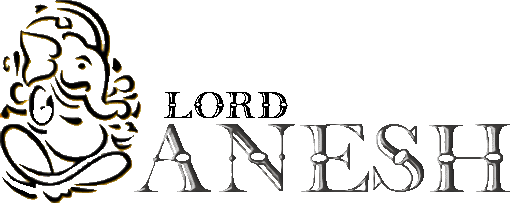| :: Home :: |
|
:: Aarti / Stuti :: |
| :: Chalisa :: |
| :: Spritual Mantaras :: |
| :: Hindu Scriptures :: |
| :: Photos/Wallpaper :: |
| Lord Ganesh |
| Wallpapers |
| Images |
| Devi Maa |
| Hanuman |
| Shiv Shankar |
| Shri Krishna |
| Balaji |
| Vishnu |
| Ram |
| Saraswati |
| Yamraj |
| Laxmi |
| Diwali |
|
:: Contact Us :: |

Hindu Scriptures
|
Tantras (Agama & Nigama)
Mahanirvana Tantras ('looms') are divided along sectarian lines and reflect the religious beliefs and practices of medieval India. They deal with four different subjects: philosophy, yoga or concentration techniques, ritual (including the making of icons and the building of temples), and the conduct of religious worship and social practice. Each of the Hindu religious groups has its own tradition of sacred literature, and following the three major divisions the Tantras are divided into three classes, namely:
Shaiva
Agamas Agamas According to the different levels of conditioned consciousness there are instructions in the Vedas for worship of different controllers, with the aim of reaching different destinations and enjoying different standards of sense enjoyment. Agamas (emanated scriptures) are books which are classified into five for this purpose:
energy -
Sakti - Sakta Agamas All these form part of Veda abhyasa- the instructons on Veda.
Tantrism,
which appeared from the fifth century CE- onwards, is based on mystic
speculations concerning the divine creative energy. Tantrism is a method
of conquering transcendent powers and realizing oneness with the highest
principle by yogic and ritual means, partly magical and orgiastic in
character. Tantrics believe in a strong parallelism between macrocosm
and microcosm. The macrocosm is conceived as a complex system of powers
which can be activated within the body of a devotee who, through the
performance of the relevant rites, transforms the normal, chaotic state
of his body into a 'cosmos'.
|